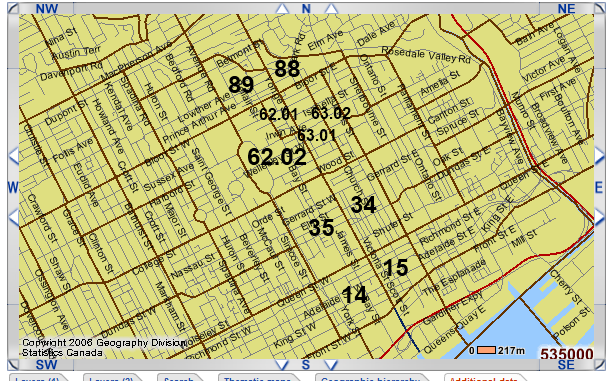androiduk
Senior Member
I was curious how much increased rush hour transit usage would be realized by an average 50 storey condo in the Yonge corridor between Bloor & Front so I did some calculations using demographic stats from the City of Toronto website and other sources. I used an average of 8 units per floor and 2 occupants per unit for a total of 800 people in a 50 storey condo.
800 people minus 25% who are too young/old to be in the workforce =
600 people minus 7.5% who are unemployed =
555 people minus 2.5% who bike to work =
540 people minus 16% self employed =
455 people minus 10% who work outside the core =
410 people minus 10% who would take the bus =
370
If you use a 3 hour rush hour window, that would be 125 people per hour.
There are approx. 20 trains per hour (every 3 mins) which translates into about 40 people per train. there are 6 cars on each train which further translates into less than 1 person per car. Extrapolating this, you could build 10 50 storeys condos downtown and capacity would increase by about 8 people per car during rush hour.
800 people minus 25% who are too young/old to be in the workforce =
600 people minus 7.5% who are unemployed =
555 people minus 2.5% who bike to work =
540 people minus 16% self employed =
455 people minus 10% who work outside the core =
410 people minus 10% who would take the bus =
370
If you use a 3 hour rush hour window, that would be 125 people per hour.
There are approx. 20 trains per hour (every 3 mins) which translates into about 40 people per train. there are 6 cars on each train which further translates into less than 1 person per car. Extrapolating this, you could build 10 50 storeys condos downtown and capacity would increase by about 8 people per car during rush hour.
Last edited:





